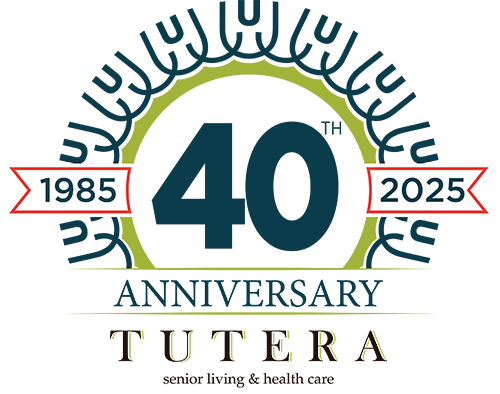Atrial fibrillation is a serious condition, and it is becoming more common in the United States. Currently, it is the most common type of heart arrhythmia, and it is estimated that 12.1 million people in the U.S. will have atrial fibrillation (AFib) by the year 2030. If you have AFib, you understand that it is a condition that causes the heart to beat too slowly, too quickly or in an irregular way.
The risk of atrial fibrillation increases with age. It is estimated that at least 10% of people over the age of 80 have AFib and 70% of people with AFib are over the age of 65. If you or an older loved one is concerned about the risk of AFib, it is important to understand the causes, the risks and the best ways to manage living with AFib.
Understanding Atrial Fibrillation
Part of understanding atrial fibrillation is to understand how it works. When a person suffers from AFib, the heart does not beat in a normal rhythm. The beating in the two atria, or the upper chambers of the heart, is irregular and blood does not flow like it should to the lower chambers of the heart. AFib can be a permanent condition or it may take place in brief episodes. While some people with atrial fibrillation may have no symptoms – and may not know they have the condition – others may experience some of the following symptoms:
- Shortness of breath
- Chest pain
- Heart palpitations (fluttering, pounding or rapid heartbeat)
- Irregular heartbeat
- Lightheadedness
- Extreme fatigue
While the risk of AFib does increase with age, advanced age is not the only risk factor. Others include:
- High blood pressure
- Diabetes
- Obesity
- Heart failure
- European ancestry
- Hyperthyroidism
- Ischemic heart disease
- Chronic kidney disease
- Smoking
- Enlargement of the chambers of the left side of the heart
- Moderate to heavy alcohol use
Common AFib Questions
Even with a basic understanding of atrial fibrillation, there are still many questions. Some of the most common questions are:
Can diet affect AFib?
The short answer is – yes! Some foods or drinks can potentially trigger an AFib event. On the flip side, a heart-healthy diet may help to reduce the risk of atrial fibrillation or manage the symptoms of the condition.
What foods should be avoided with atrial fibrillation?
In short, foods that promote a heart-healthy lifestyle are good for preventing AFib events, while foods that are not considered heart-healthy create a greater risk for atrial fibrillation. At Country Gardens Assisted Living, the community dining room offers nutritious, delicious dining options with restaurant-style service. For family time or intimate events, the community offers a private dining room with special menus available.
Here are a few specific foods to avoid:
- Alcohol, caffeine and energy drinks
- Salt
- Red meat
- Sugary foods or drinks
- Processed foods
What is the best exercise for atrial fibrillation?
Atrial fibrillation can make it difficult to exercise because strenuous activity may cause your heart to race. If your heart races, it can cause you to feel faint, and it may cause your blood pressure to drop. However, in many cases, exercising with atrial fibrillation can help you to live a stronger, happier life. Exercise can help you to maintain a healthy weight, reduce your blood pressure to a healthy level and prevent additional heart conditions, while also reducing stress and anxiety.
The best exercise for atrial fibrillation is exercise that is approved by a health professional and is supervised in a safe setting. Some senior living communities, like Carnegie Village Senior Living Community, create fitness programs for residents, offer classes to promote a healthy lifestyle and have safe and secure exercise facilities. Some recommended exercises for AFib patients include:
- Stretching
- Walking
- Hiking
- Riding a bike
- Lifting weights
Setting Yourself up for Success
In preventing or managing AFib, a heart-healthy lifestyle is very important and can include more than following an atrial fibrillation diet and exercise program. Tutera Senior Living and Health Care communities are ready to support you in creating that lifestyle. From nutrition planning to create a heart-healthy diet, to increasing physical activity in a safe environment, to reducing stress through use of the spa or attending yoga classes, residents have the right tools to put themselves on a path to success. “We understand the concern of AFib patients and their families. We are able to support our residents in creating a lifestyle that will support their health, while allowing them to enjoy the hobbies that make them happy and keep them safe,” says Dr. Tony Burgess, Chief Medical Officer, Tutera Senior Living Communities.
Find a Tutera Senior Living community near you using our location finder or call us today to learn more about our care and our communities!







